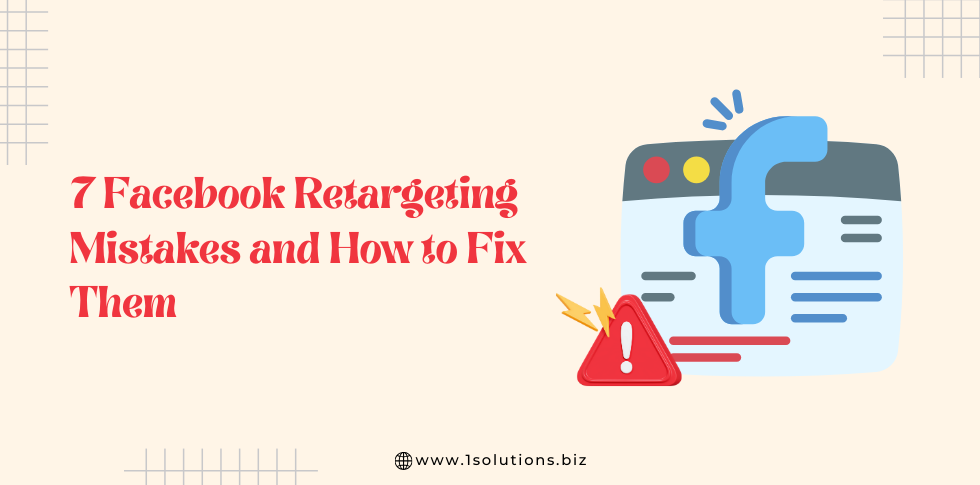What are 301 redirects?
Have you ever gone to a website by typing in the domain name without the www. and seen it get redirected to the www. version? Have you ever wondered what this is, how to do it, or why people do it?
The answer to this question is called the 301 redirects and the reason is what we call “canonical issues”.
Put simply, a 301 redirect is a way to instruct a browser to a different location.
Without a 301 redirect you can experience canonical issues, this issue involves multiple varying URLs to a site. Here are some examples:
yourdomainname.com
www.yourdomainname.com
yourdomainname.com/index.php
yourdomainname.com/default.asp and etc.
All of these URLs can be considered different URLs in the search engines which can mean trouble in the SERPs for your site. If people place links to each of these URLs then you are in essence building a link campaign for different URLs.
By setting up a 301 redirect these inbound links to ONE centralized URL. Many SEO company choose the www. version to redirect all links to as it’s more user-friendly.
How to Implement 301 redirects
To implement a 301 redirect, follow these steps:
- Determine the URLs that need to be redirected: Identify the old URLs that need to be redirected to new ones. This could be because the old URL no longer exists or has been changed.
- Choose the type of redirect: In this case, we are implementing a 301 redirect, which is a permanent redirect. Other types of redirects include 302 (temporary redirect) and 307 (temporary redirect).
- Set up the redirect: There are different ways to set up a redirect, depending on your website platform and server. Here are some options:
- Using .htaccess: If your website is hosted on an Apache server, you can use a .htaccess file to set up redirects. Here’s an example of how to redirect an old URL to a new one:
Redirect 301 /old-url.html https://www.example.com/new-url.html
- Using web.config: If your website is hosted on a Microsoft IIS server, you can use a web.config file to set up redirects. Here’s an example of how to redirect an old URL to a new one:

- Using a plugin: If you’re using a CMS like WordPress, you can use a plugin to set up redirects. Some popular plugins include Yoast SEO and Redirection.
- Test the redirect: After setting up the redirect, test it by accessing the old URL and making sure that it redirects to the new one. You can also use a tool like Redirect Checker to verify that the redirect is set up correctly.
- Using a plugin: If you’re using a CMS like WordPress, you can use a plugin to set up redirects. Some popular plugins include Yoast SEO and Redirection.
- Test the redirect: After setting up the redirect, test it by accessing the old URL and making sure that it redirects to the new one. You can also use a tool like Redirect Checker to verify that the redirect is set up correctly.
It’s important to implement 301 redirects correctly to ensure that your website visitors are redirected to the correct pages and that search engines can update their indexes with the new URLs.
When to Use 301 Redirect
If you want to permanently change one URL to another, you should use a 301 redirect. Here are some common times when a 301 redirect would make sense:
- When you change your domain name: If you change your domain name, you’ll need to set up 301 redirects from the old URLs to the new URLs so that visitors who try to access your old site are sent to your new site.
- When you change your URLs: If you change the structure of your website and change the URLs of your pages, you’ll need to set up 301 redirects from the old URLs to the new URLs to make sure that visitors who try to access the old pages are sent to the new pages.
- When you combine two websites into one: If you combine two websites into one, you’ll need to set up 301 redirects from the old URLs to the new URLs to make sure that visitors who try to access the old site are sent to the new site.
- When you delete pages: If you delete pages from your website, you’ll need to set up 301 redirects from the old URLs to relevant pages on your site so that visitors who try to access the old pages are sent to other pages on your site instead of getting a 404 error.
[bctt tweet=”It’s important to use 301 redirects to keep your website’s user experience and SEO value high. ” username=”1solutionsbiz”]
By redirecting URLs the right way, you can make sure that visitors can find the content they want and that search engines can update their indexes to reflect the change
Reasons to move a URL permanently
1) If you have designed a new page on your site and are not using the old page.
You would want to do a 301 redirect so anyone who has linked to this (now dead) page will be redirected.
Example: Your new page is http://www.yourdomain.com/seo.html and you are putting this up to replace http://www.yourdomain.com/searchengineoptimization.html
When moving or renaming pages it is important to also consider people who have bookmarked your site.
Setting up a 301 will redirect them to your new page. If you do not do a 301 redirect then you will want to make sure you have an optimized 404 page.
2) In order to redirect link credit to a new page then a 301 redirect will need to be placed on that page.
3) If you are looking to forward your page PageRank to a new page then a 301 redirect is necessary.
4) If you have canonical issues and would like to resolve misplaced inbound links to different versions of your domain name then you will want to use a 301 redirect.
Fixing 301 redirect SEO concerns
When implementing a 301 redirect, there are some SEO concerns you should be aware of to make sure the redirect is done right and doesn’t hurt your website’s SEO. Here are some things you can do to deal with these problems:
- Update Internal links: After you set up the 301 redirect, change all of your website’s internal links so that they point to the new URL instead of the old URL. This will make sure that visitors and search engines are sent to the new URL.
- Update external links: If you have external links that point to the old URL, try to get those links changed so they point to the new URL. If that isn’t possible, the 301 redirect will still send people to the new URL when they click on those links.
- Monitor traffic: After setting up the 301 redirect, keep an eye on your website’s traffic to make sure that there aren’t any sudden drops in traffic or rankings. If you see problems, find out why they are happening and fix them as needed.
- Avoid redirect chains: Don’t set up a series of redirects instead of a direct link from the old URL to the new URL. This is called a redirect chain. Chains of redirects can make it take longer for a page to load and could hurt SEO.
- Keep content that makes sense: Make sure that the content on the new URL makes sense with the content on the old URL. This will make sure that visitors and search engines know how the old URL and the new URL relate to each other and that the redirect is useful to users.
By doing these things, you can make sure that your 301 redirect is set up correctly and doesn’t hurt the SEO of your website. After putting the redirect in place, it’s important to keep an eye on your website to make sure it’s working as planned.
How to use 301 Redirects to Increase Organic Traffic
Using 301 redirects is one way to get more organic traffic to your website. Here are some ways to use 301 redirects to improve your website’s SEO and get more traffic:
- Consolidate multiple URLs: If you have multiple URLs that have the same or similar content, use a 301 redirect to send them to a single URL. This can help you keep your website’s authority from being diluted by too many links.
- Update old URLs: If you have old URLs on your website that no longer serve a purpose or get little traffic, redirect them to more relevant pages on your website. This can help direct visitors to the most relevant content on your site and increase the number of people who visit it overall.
- Broken links should be redirected. If you have broken links on your website, use a 301 redirect to move them. This can help make sure that visitors are sent to pages that work and can improve the overall experience of using your site.
- Redirect from HTTP to HTTPS: If your website doesn’t use HTTPS, you might want to switch to it and use a 301 redirect to send all HTTP URLs to HTTPS. This can help make your website more secure and can also help it rank higher in search engine results.
- Redirect from non-www to www: If people can get to your website using both the non-www and www versions of the domain, you might want to use a 301 redirect to send people from one to the other. This can help consolidate the value of links and avoid problems with duplicate content.
By using 301 redirects in a smart way, you can improve your site’s SEO and get more traffic from search engines. It’s important to keep an eye on how well your website is doing and make any changes that are needed to make sure your redirects are working.
Wrapping Up
In conclusion, 301 redirects are a useful tool for managing and improving the URLs of your website. They can be used to permanently change one URL to another, and they can also help make your website better for users and search engines.
By using 301 redirects wisely, you can combine several URLs into one, update old URLs, fix broken links, switch from HTTP to HTTPS, and switch from non-www to www.
After putting in 301 redirects, it’s important to keep an eye on how your website is doing and make any changes that are needed to make sure they are working. Overall, using 301 redirects can help your website get more traffic from search engines and improve its SEO.































 in India
in India